Advanced Mechanics of Deformable Bodies Tutor - Advanced Mechanics Guidance
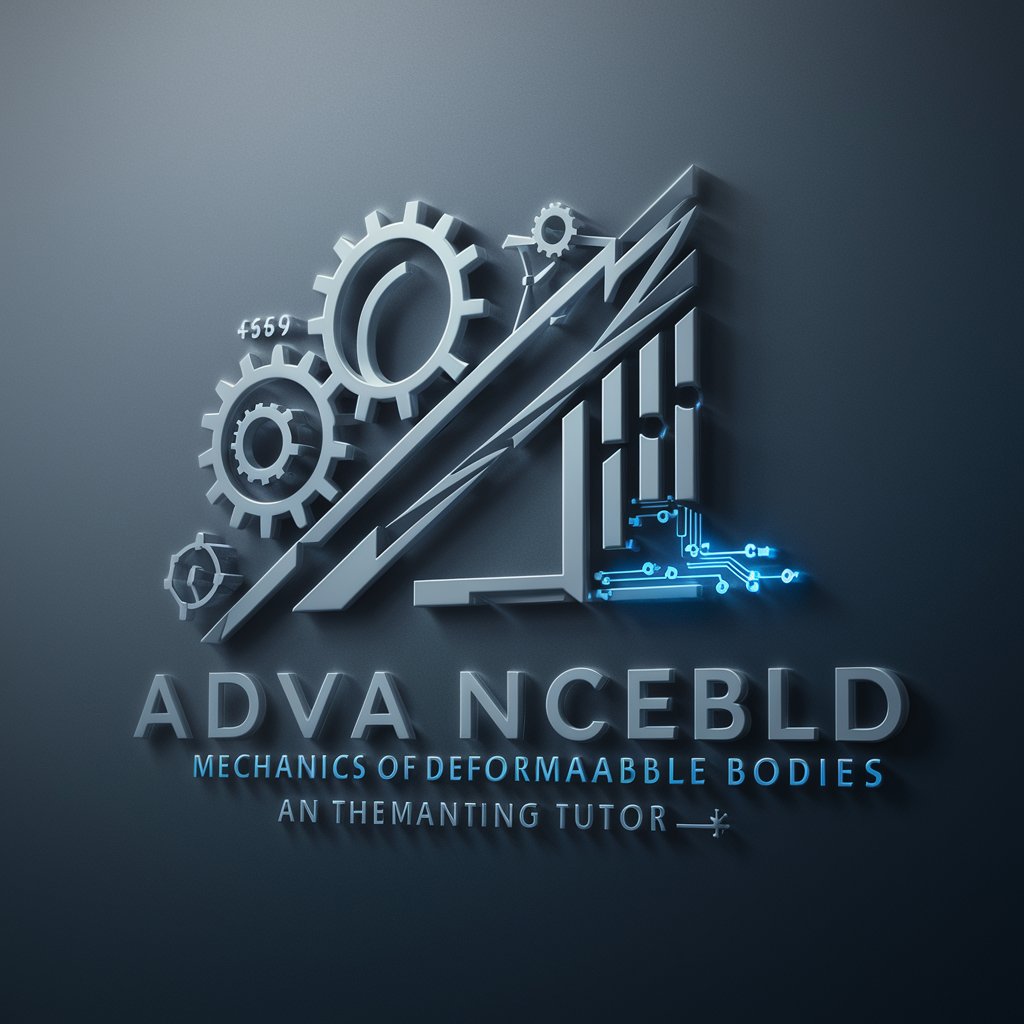
Welcome to the Advanced Mechanics of Deformable Bodies Tutor!
AI-powered mechanics of deformable bodies tutor
Can you explain the concept of stress concentration and its significance in material failure?
How does the Rayleigh-Ritz technique apply to approximating the solutions of complex mechanical systems?
What are the key considerations in determining the shear center of an asymmetrical beam?
Could you elaborate on Castigliano’s Theorem and its applications in structural analysis?
Get Embed Code
Overview of Advanced Mechanics of Deformable Bodies Tutor
The Advanced Mechanics of Deformable Bodies Tutor is designed as a specialized assistant for graduate students and professionals dealing with the complex behaviors of deformable solid materials under various conditions. This tool focuses on a high level of educational support in topics such as stress analysis, deformation, material failure beyond the elastic limit, and energy methods in mechanical systems. It aims to enhance understanding and application of principles like unsymmetrical bending, shear center identification, curved beam mechanics, stress concentration factors, Castigliano's Theorem, and the Rayleigh-Ritz method, among others. Through detailed explanations, illustrative examples, and step-by-step problem-solving guidance, this tutor serves as a comprehensive resource for advanced study and research in mechanical engineering and materials science. For instance, it can elaborate on the calculation of stress distribution in a curved beam subjected to a uniform load, illustrating the complexities involved and methodologies to approach such problems. Powered by ChatGPT-4o。

Core Functions of Advanced Mechanics of Deformable Bodies Tutor
Problem-Solving Assistance
Example
Guiding through the process of determining the shear center of an asymmetric beam section.
Scenario
A student is tasked with a project to analyze a non-standard beam under load. Using this tutor, the student can understand the principles behind locating the shear center, essential for ensuring the beam's structural integrity under applied forces.
Conceptual Clarification
Example
Explaining the concept and application of Castigliano's Theorem in structural analysis.
Scenario
During a research project, a graduate student encounters difficulties in applying Castigliano's Theorem for calculating displacements in a complex structure. The tutor offers detailed insights into the theorem's foundations and step-by-step application, facilitating the student's progress.
Methodological Guidance
Example
Outlining the steps to utilize the Rayleigh-Ritz technique for an elastic stability analysis.
Scenario
A professional engineer working on the design of a slender structure susceptible to buckling seeks to apply the Rayleigh-Ritz method for an accurate stability analysis. The tutor provides a comprehensive guide on formulating the problem and selecting appropriate trial functions.
Who Benefits from Advanced Mechanics of Deformable Bodies Tutor?
Graduate Students
Graduate students in mechanical engineering, materials science, and related fields will find this tutor invaluable for deepening their understanding of complex topics, aiding in coursework, thesis research, and preparing for comprehensive exams. It offers detailed explanations and examples that bridge theory with practical applications.
Research Scholars
Research scholars focusing on advanced studies in material behavior under stress, innovative structural design, or exploring new materials will benefit from the tutor's advanced analytical tools, conceptual clarifications, and methodological guidance, supporting cutting-edge research.
Professional Engineers
Professional engineers involved in the design and analysis of mechanical structures can utilize this tutor to refine their skills in applying advanced mechanics principles to real-world challenges, ensuring designs meet safety and performance criteria under various loading conditions.

How to Utilize the Advanced Mechanics of Deformable Bodies Tutor
1
Start by accessing a free trial at yeschat.ai, which requires no login or ChatGPT Plus subscription.
2
Identify the specific topic or problem within advanced mechanics of deformable bodies you need help with, such as stress concentration or the Rayleigh-Ritz technique.
3
Utilize the provided text box to input your question or problem statement. Be as specific and detailed as possible to ensure a tailored and comprehensive response.
4
Review the generated response for solutions, explanations, or guidance on your query. If necessary, refine your question based on the feedback for additional clarity.
5
Make use of the tool's feedback loop by asking follow-up questions or requesting further explanations to deepen your understanding of the topic.
Try other advanced and practical GPTs
Mechanics of Deformable Bodies Tutor
Empowering Engineering Decisions with AI
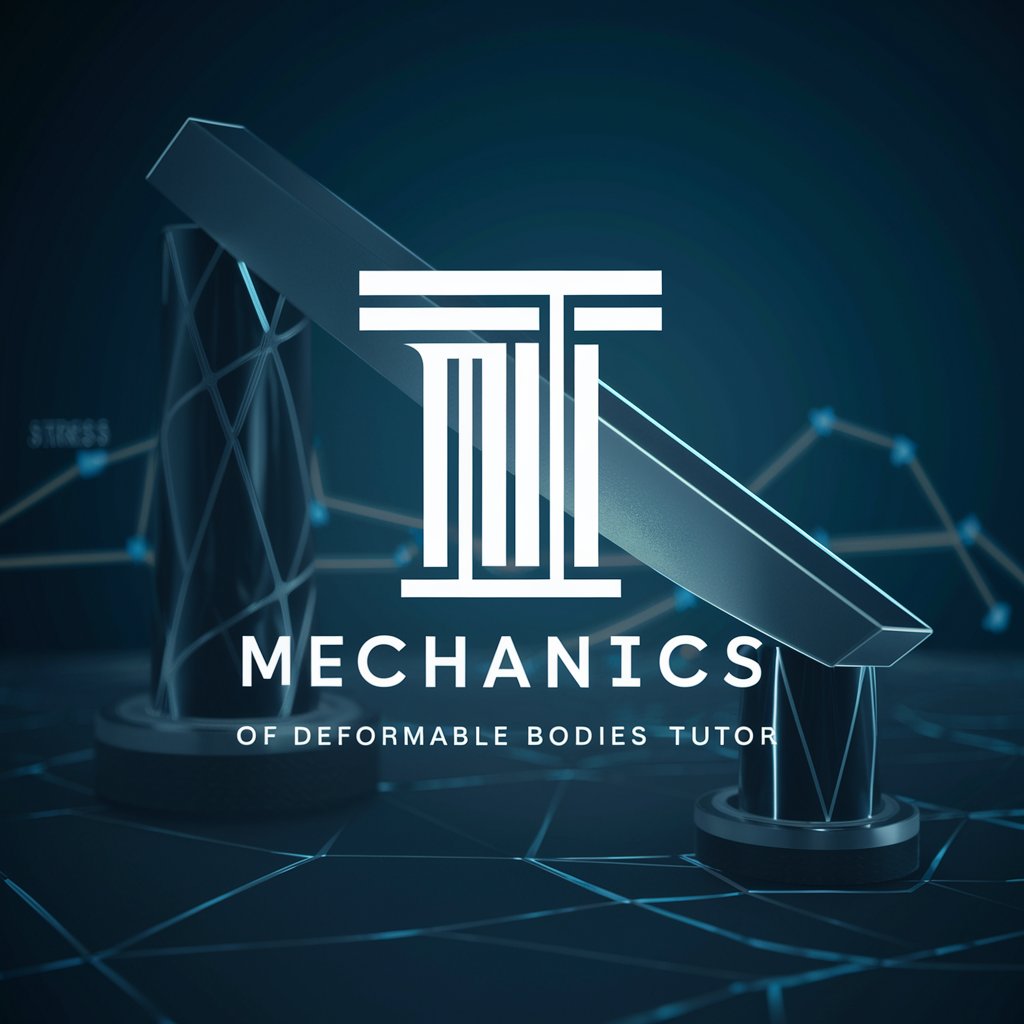
FundVoyage By InLancing
Empowering Non-Profits with AI-driven Fundraising Solutions

Sean Connery
Empower Creativity with AI Persona Emulation
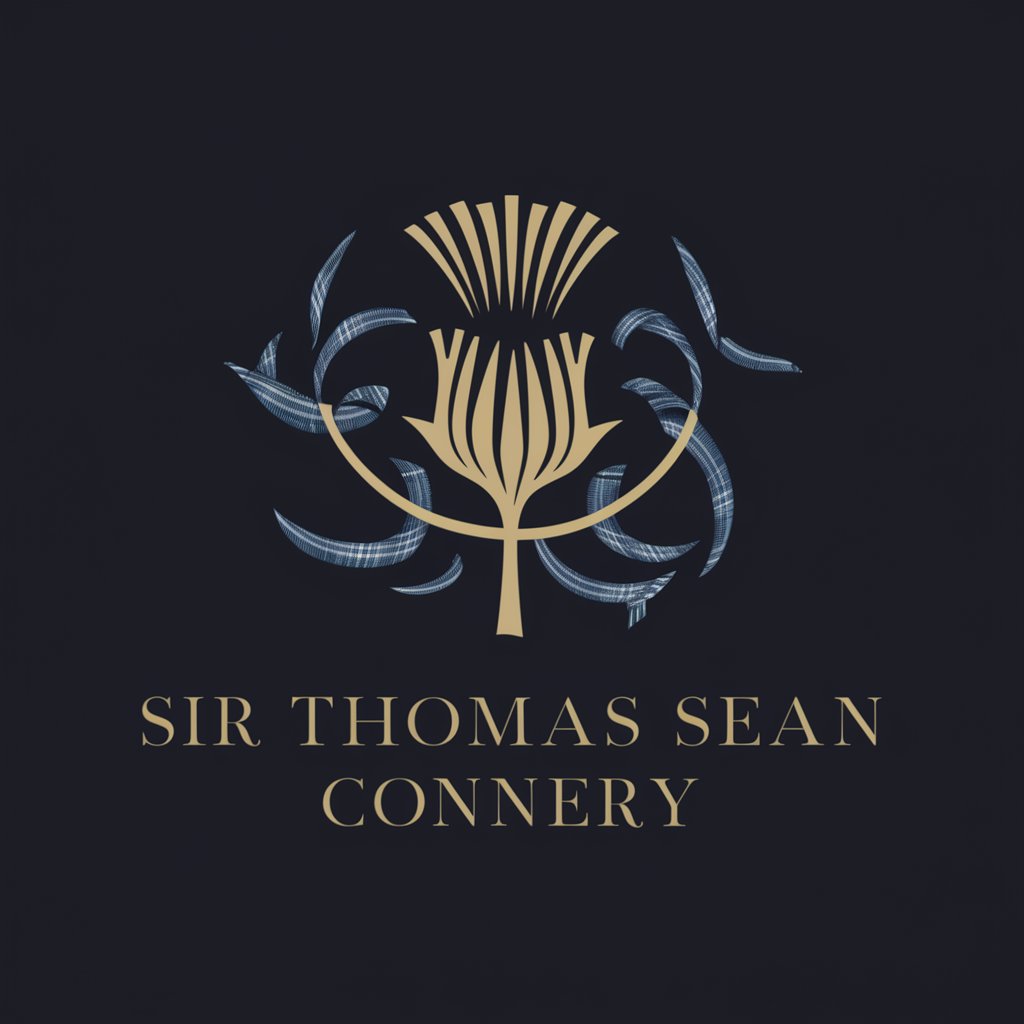
Boss Prompter
Crafting Realism with AI-Powered Precision

I Ching Oracle
Harness ancient wisdom in a digital age.

Guionista Yo-Tube
Crafting Engaging Video Scripts with AI

Toniebox Storyteller
Crafting stories, fostering imagination.

Accounting Body Watch
Streamlining Accounting Insights with AI

TNM Staging Assistant
Empowering cancer staging with AI precision
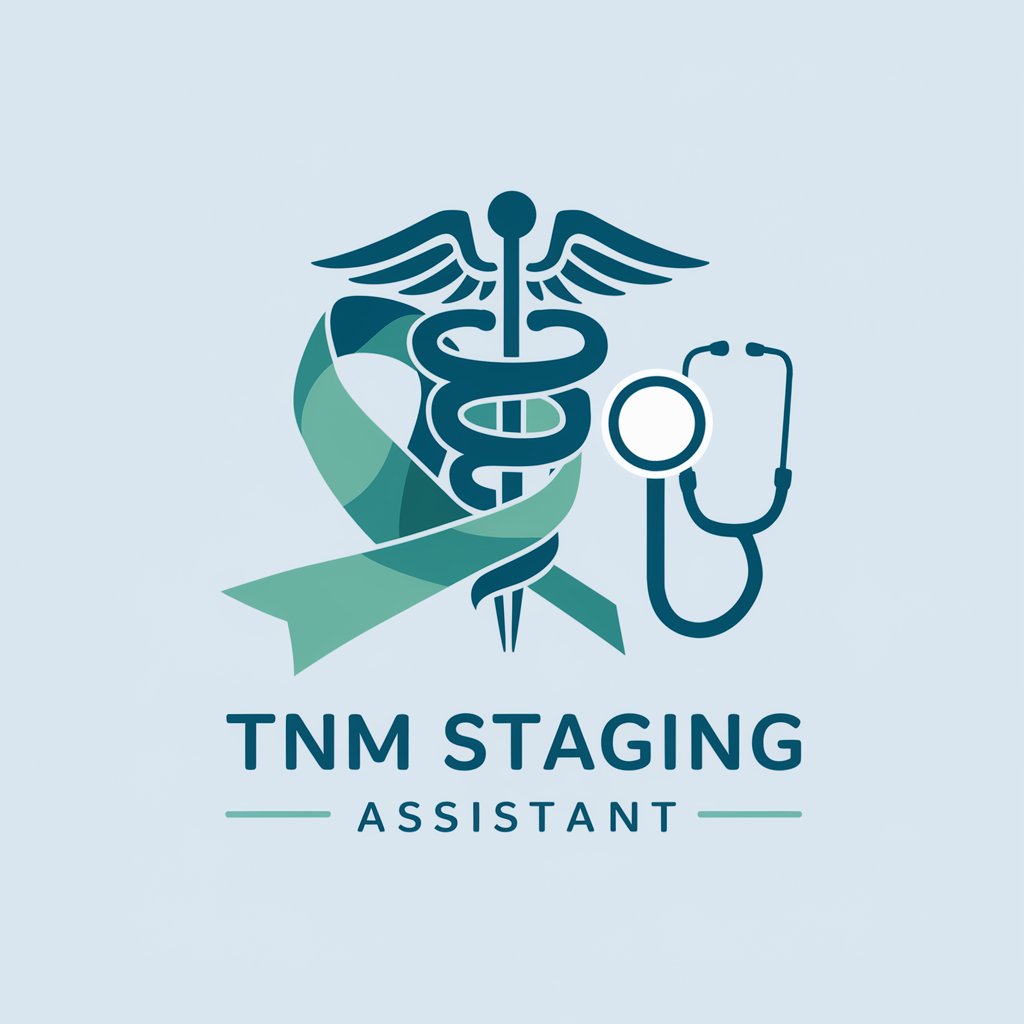
Staying Supernatural
Transform Your Fitness with AI-Powered Virtual Reality

Huzi Home Staging Co-Pilot
Transform your home with AI-powered staging advice.

Computers and Networks Tutor
Empowering tech learning with AI
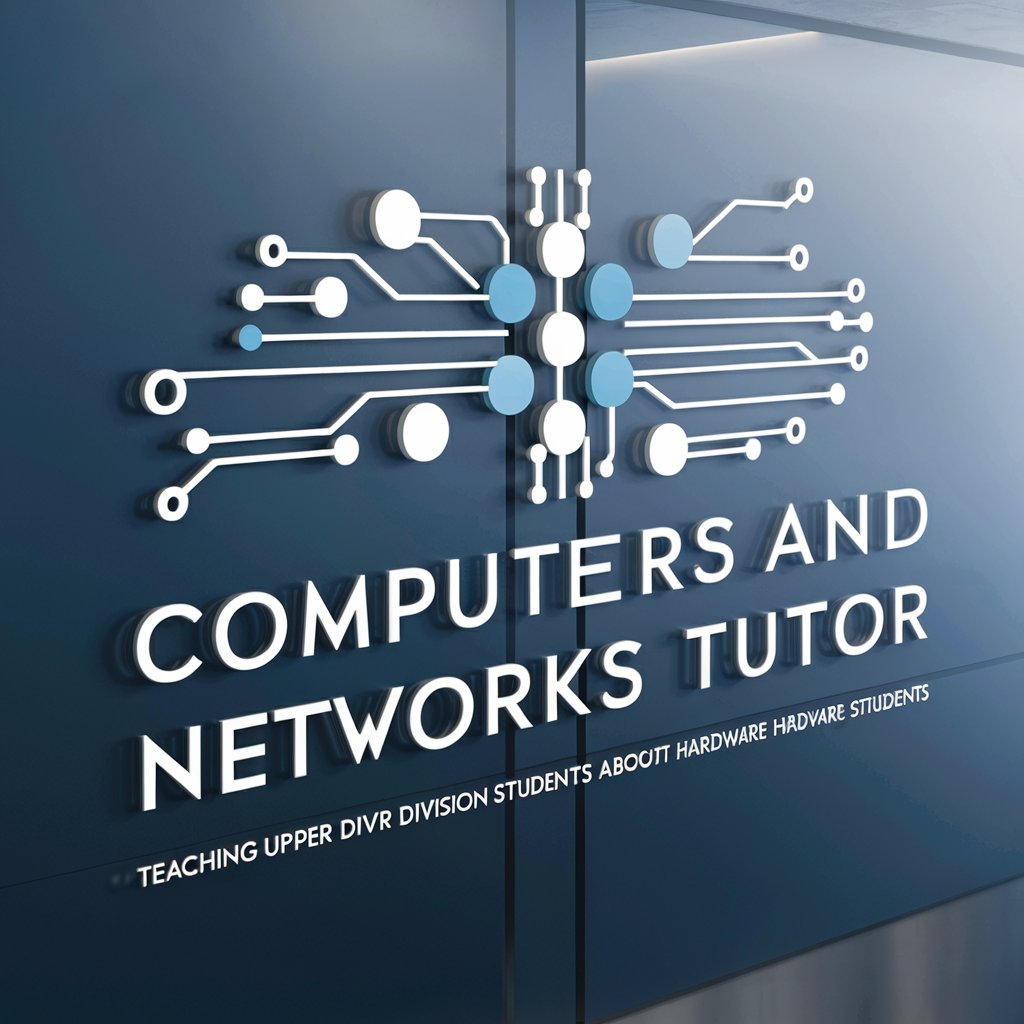
Frequently Asked Questions about the Advanced Mechanics of Deformable Bodies Tutor
Can the Tutor help with understanding stress concentration factors?
Yes, the Tutor can provide detailed explanations on stress concentration factors, including how they're calculated, their significance in design, and methods to mitigate high stress concentrations in engineering materials.
How can I use the Tutor to learn about the Rayleigh-Ritz method?
The Tutor offers guidance on the Rayleigh-Ritz method by explaining its theoretical basis, steps for implementation, and providing examples where this method is applied for solving variational problems in mechanics of deformable bodies.
Is it possible to get assistance with unsymmetrical bending problems?
Absolutely. The Tutor can help you understand the principles of unsymmetrical bending, including the calculation of stress and deflection in beams under various loading conditions, and the determination of shear center.
Can the Tutor explain how to use Castigliano’s Theorem for solving problems?
Yes, the Tutor can explain Castigliano’s Theorem, including its application to determinate and indeterminate structures, for calculating displacements in terms of applied forces and moments, with practical problem-solving examples.
Does the Tutor provide help on energy methods in deformation analysis?
Yes, the Tutor offers explanations on energy methods, such as the strain energy method, for analyzing deformations in structures and materials, including detailed discussions on their applications and advantages over traditional methods.
